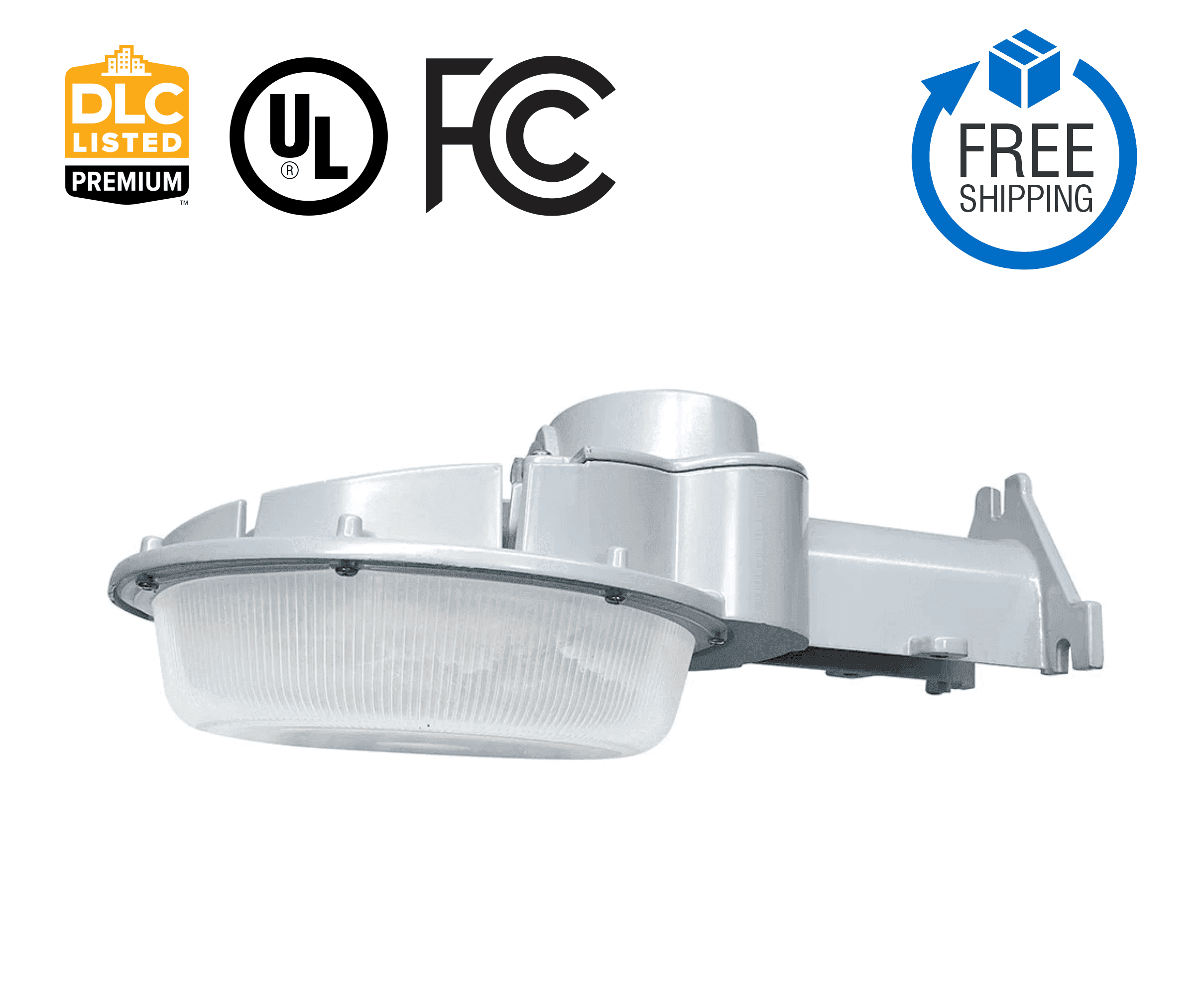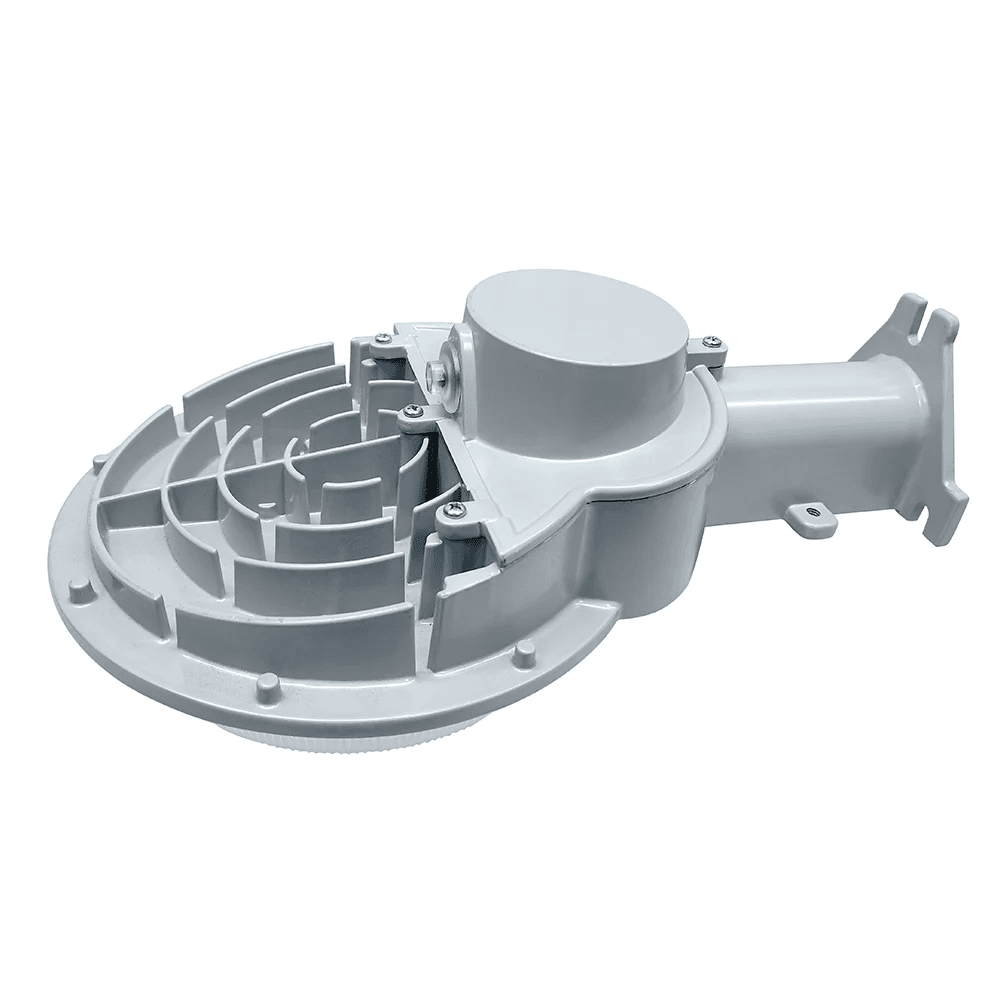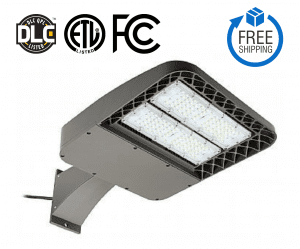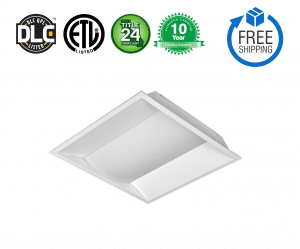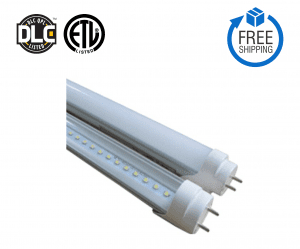Description
- Power: 45W
- Input: AC 120-277V
- CCT: 5000K
- Output: 6300 LM
- Light Source: Lumileds
- Driver: Kerham POWER
Specifications
| Wattage | 45W |
| Lumens | 6300 lm |
| Efficacy | 150 lm/W |
| CCT | 4000K, 5000K |
| CRI | 70 |
| Input Voltage | AC120-277V |
| Light Angle | 124° |
| Power Factor | 0.98 |
| Driver Efficacy | 90% |
| Dimming | 0-10V dimming |
| Working Temperature | -22ºF ~ 113ºF |
| Lifespan (L70) | 75,000 hours |
| Protection Level | Wet locations/IP65 |
| Cable | Input connect (11.8 inch) |
| Warranty | 5 years limited |
Download Product Cut Sheet
Knowledge Base
Can LED lights be used as street lights?
LED street lights are an effective alternative to the standard street lamps used in many cities. LEDs don’t produce as much heat, are more resistant to damage, and provide brighter light than traditional bulbs.
Why are LED street lights better?
LEDs are energy efficient because they emit very little heat, so they require far less power to emit the same amount of light as their conventional equivalents. In comparison, incandescent bulbs release 90% of their energy as heat and fluorescent lights release about 80% of their energy as heat.
How much does to it cost to replace a street light to LED?
Typically, a street light might cost between $2,000 and 3,000 dollars. The installation fee for a street light can cost $1,000, depending on the area. But the costs can vary a great deal. The lighting system and power type chosen will impact the installation cost and the cost to maintain those street lights.
Why are LED street lights white?
LEDs used in streetlights typically emit white light, while sodium lamps have a characteristic yellow glow – as seen in the picture below. This change in the colour of artificial light is predicted to have major consequences for wildlife. That’s because white LEDs emit light across the entire visible spectrum.
How many lumens do I need for a street light?
Residential applications of LED street lights generally call for lumen packages in a range for 3000 to 5000 lumens. In this lumen range, most street light luminaires would have a G rating = 1.
What is the lifespan of a LED street light?
The projected lifetime of LED street lights is usually 10 to 15 years, two to four times the life of currently prevalent HPS.
How many lumens is a normal street light?
Solar street light lumens varies depending on street lighting application. For lighting residential areas, the average is 5000 lumens. For roadways, highways, building perimeters, universities, it can range from 6,400 to 18,000 lumens.
What color temperature are LED street lights?
LED lighting is measured on the Kelvin temperature scale. A “cool” color temperature is typically 4000K and above, while a “warm” color temperature is 3000K or less.
Do LED street lights Save Money?
LED fixtures use less energy than outdated technology, helping to reduce customers’ carbon footprints while saving on costs. With no upfront cost to customers, participants will see an immediate reduction in street lighting costs.
What wattage are LED street lights?
Commonly used led wattages are: 5w, 10w, 15w, 20w, 30w, 40w, 50w, 60w, 80w, 100w, 120w, of which 60w or less is for ordinary LED lighting, 60w or more for mirror or lens. A high-pressure sodium street light can draw up to 1000 watts, and an incandescent light used in the 1900s needed 320 watts.
Why are street lights no longer orange?
In towns and cities across the world, the colour of night is changing. Traditional yellow sodium street lights are steadily being replaced by white LED lamps. The new lights use less energy, dramatically cutting carbon emissions and saving money.
Do street lights use a lot of electricity?
A high-pressure sodium street light can draw up to 1000 watts, and an incandescent light used in the 1900s needed 320 watts. Some LED street lights require only 73 watts and, according to the U. S. Department of Energy, produce a higher quality of light.
How much does a electrician cost install LED light?
The cost for an electrician to install LED lights will generally be between $200 and $250 per fixture. Professionals charge at a rate of $85 to $105 per hour and each installation takes approximately two to three hours.
How much money do LED street lights save?
Reduces operation costs: LED Street Lights can greatly reduce your utility bill, while still offering optimal brightness at a low wattage. They can also reduce energy consumption by 40 to 60 percent.

